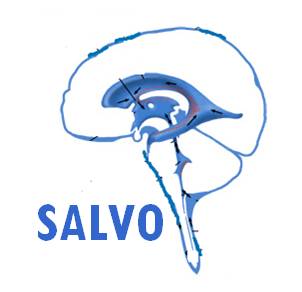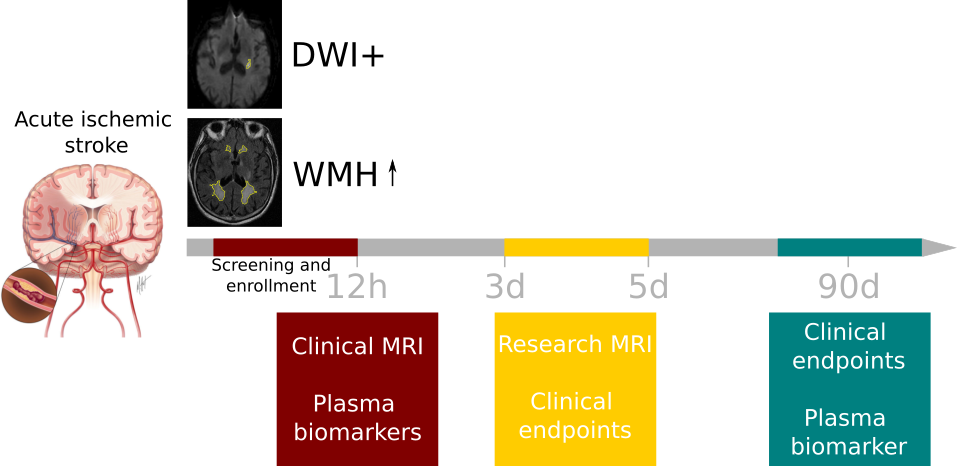
Study objective: To examine the role of pre-stroke statin use on ischemic tissue fate and clinical outcomes in AIS patients with advanced WMH, using plasma and neuroimaging biomarkers.
SALVO aimed to provide evidence in support of a new strategy for treatment that is both safe and effective in order to improve clinical outcomes after stroke. It intended to bridge a critical knowledge gap specifically about the effect and timing of statin therapy in the progression of stroke.

Statins are widely used for secondary stroke prevention, but concerns about potential long-term side effects have prevented precautionary use of statins. In acute ischemic stroke (AIS) the protective effects of statin may improve the degree of dysfunction and clinical outcomes for the patient, but this requires more research.
The SALVO study assessed whether statin exposure improves survival and functional outcomes in AIS subjects with advanced white matter hyperintensity (WMH) burden. We investigated the effect of statin therapy use on outcomes after stroke, utilizing WMH severity as a clinical model of microvascular dysfunction. If successful, this research will alter the existing practice guidelines with regard to stroke prevention and reducing the burden of post-stroke disability.
Understanding Stroke Outcome
In order to undertake this study, it was essential to create a baseline for outcome after stroke, which means, we needed to understand what to expect even without intervention. The SALVO study helped us to determine important markers in stroke patients which can help clinicians to better understand the condition of a patient. Importantly, we utilized the wealth of the available state-of-the-art data, unique to SALVO, to bridge the gap between two discplines, namely clinical stroke research and brain connectivity. Brain connectivity is a novel analyses technique, which aims to describe how separate regions in the brain communicate with one another. In SALVO, we therefore acquired functional magnetic resonance imaging data, which investigates the interaction between brain regions in the brain.
One key finding in brain connectivity is the so-called rich-club, a set of regions that is key for efficient functioning and infromation processing in the brain, acting as a high capacity backbone system.

Having shown the importance of the rich-club in our GASROS study as well, and with the added benefit of the functional connectivity information in the SALVO cohort, we were able to demonstrate the benefit of incorporating modern analyses techniques from brain connectivity analyses, with a more traditional understanding of the importance of stroke location. Importantly, in our outcome model, we showed an 1.3 - 2.6-fold increase in our ability to explain the observed outcomes, beyond traditional markers such as age and the size of the stroke.